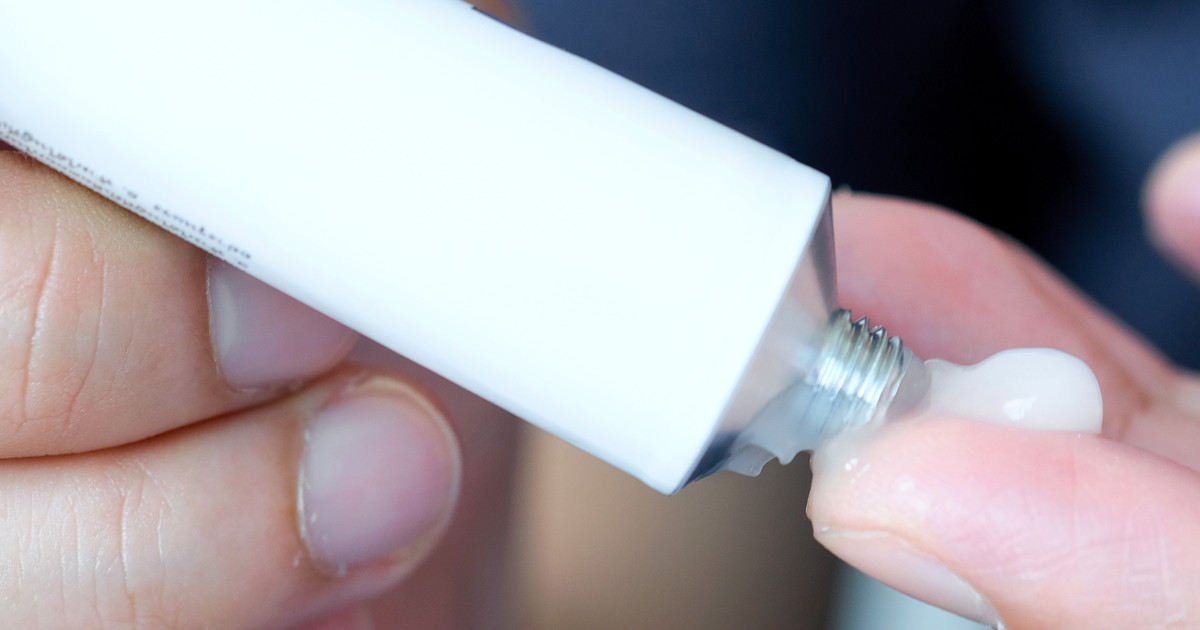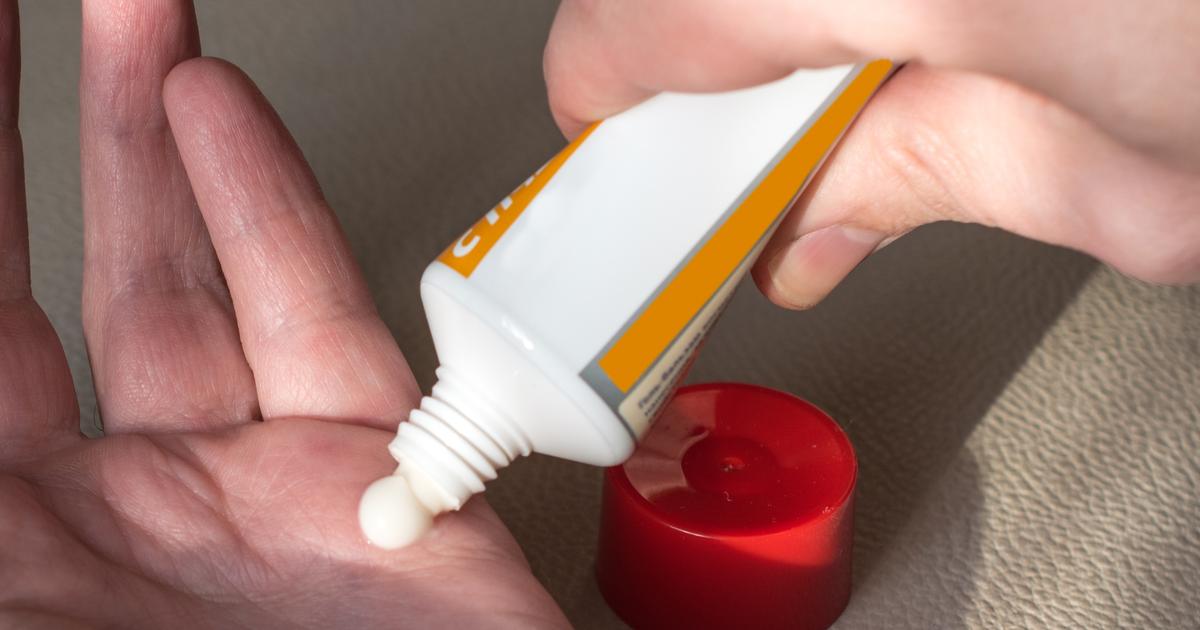Guide To Common Antifungal Medications
Antifungal medicines treat fungal infections throughout the body. They work by killing the fungus or by preventing it from growing. They may be applied to the skin as a cream. Patients with certain types of fungal infections may take these medications as oral tablets. Before starting treatment with antifungal medicine, patients should let their doctor know about any history of liver, kidney, or heart issues. Doctors also need to know about all of the medications that the patient takes, especially blood thinners. Treatment with antifungal medicine may take two to four weeks. Some individuals may need to try several antifungal medicines to alleviate their symptoms.
Patients may need antifungals as an oral prescription for yeast infections. This type of medication also acts as a dandruff treatment, often as a prescription anti-dandruff shampoo. Antifungal medicines for athlete's foot and ringworm are also common. Of course, individuals want the best antifungal medicine to treat their condition. They must understand the common antifungal medications and discuss their options with their doctor to ensure that this happens.
Clotrimazole

Clotrimazole is in a class of medicines called azole antifungals. It is used for the treatment of pityriasis and fungal skin infections. Examples include ringworm and athlete's foot. Patients with these conditions normally use the topical form of this medicine. Clotrimazole can also be taken orally to treat yeast infections in the mouth or throat. When using the topical form, patients should apply it to the affected skin at least twice a day. They should not bandage the affected area. In addition, patients should wash their hands after application. If the infection persists for more than four weeks, patients should let their doctor know.
Individuals who take the oral form of clotrimazole should allow one troche to dissolve in their mouth. This takes approximately thirty minutes. Normally, patients take five troches per day. During treatment with this medicine, patients could experience side effects. Common side effects include itching, nausea, vomiting, and an upset stomach. This medication may also cause mouth discomfort. If side effects occur, patients should consult their doctor.
Econazole

Econazole is applied to the skin to treat ringworm, athlete's foot, and other fungal infections. It also treats yeast infections that affect the skin. Patients may take it to relieve the skin discoloration caused by tinea versicolor as well. Pregnant or breastfeeding patients should check with their doctor before using this medicine. It should not be taken by patients who are younger than twelve years old. When treating ringworm or tinea versicolor, patients are instructed to apply econazole cream to the affected area once a day for two weeks. This cream should be applied twice each day for two weeks in cases of yeast infection. Individuals with athlete's foot need to use the cream once a day for four weeks.
This medication's most common side effects are burning, stinging, itching, and redness at the application site. Patients should call their doctor right away if they have severe stinging or redness. When the foam formulation of econazole is used, individuals must store the medication away from direct sunlight. This form should not be used near open flames or areas with high heat. Patients should let their doctor know about all of the medications they take to reduce the risk of interactions. For example, econazole interacts with blood-thinning medications.
